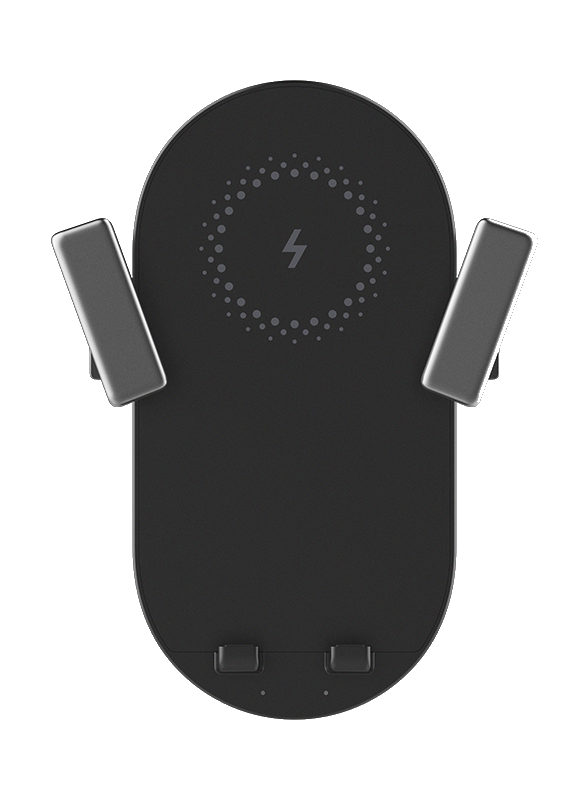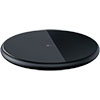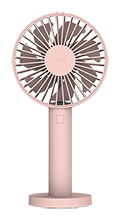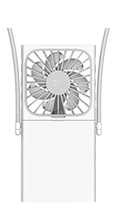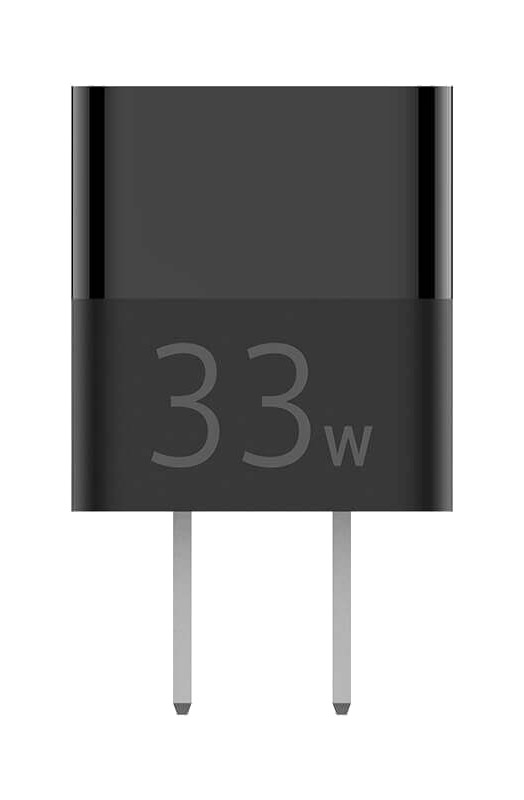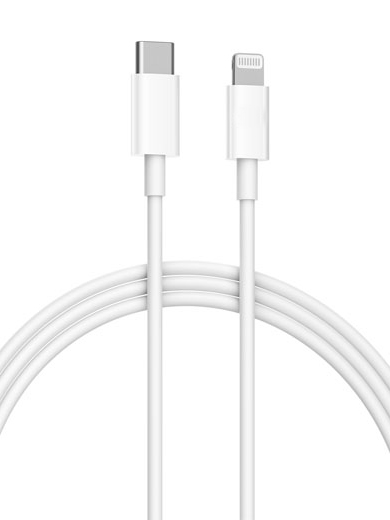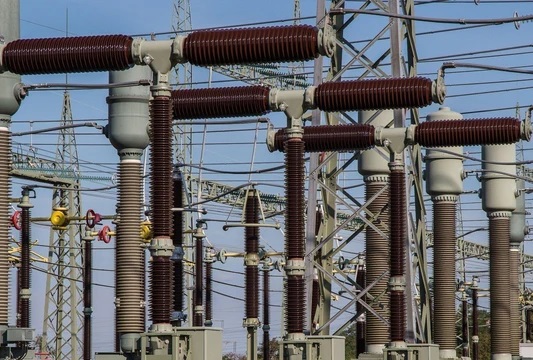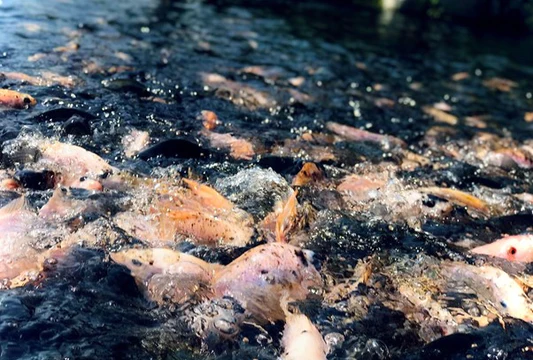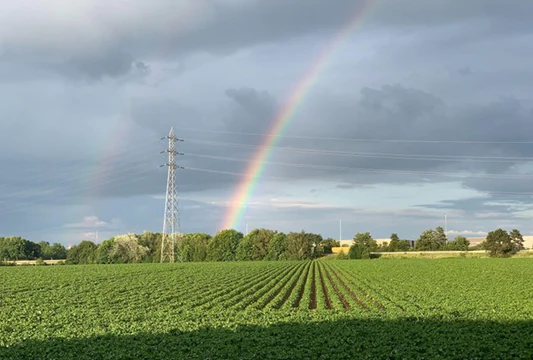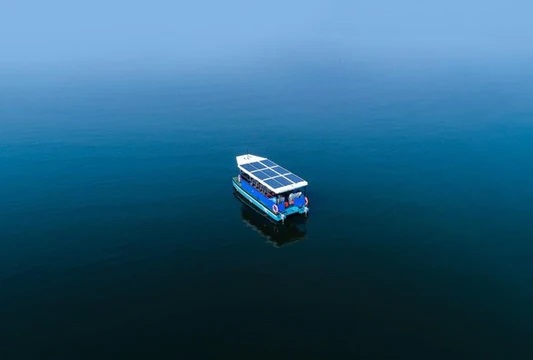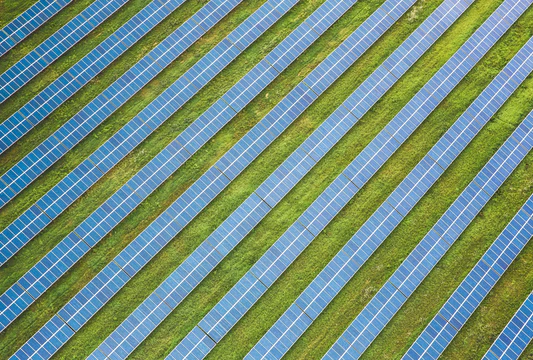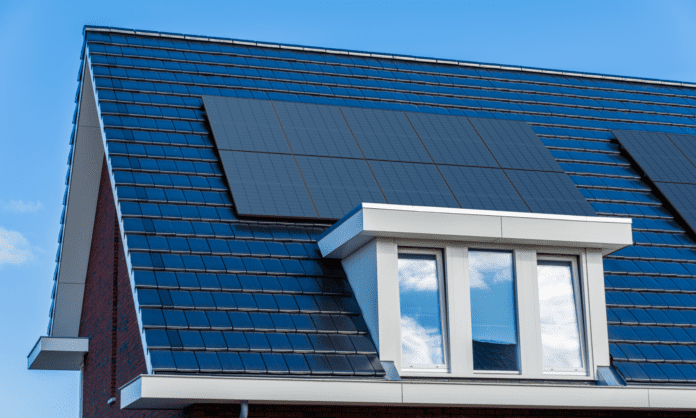With the rise in global demand for seafood, many fish farms are seeking sustainable solutions that can provide an abundance of fresh fish for meal-time tables around the world. Solar aquaculture is an emerging technology that uses solar power to create a more efficient and environmentally-friendly way to raise and farm fish.
Energy Inefficiency and Power Costs in Aquaculture
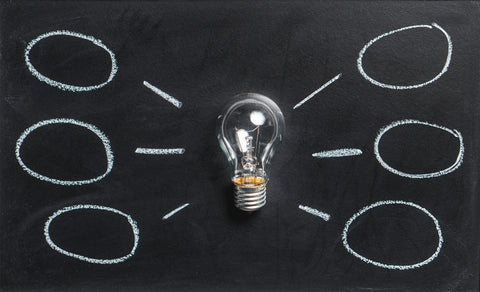
Aquaculture is a growing industry, and with it comes an increase in energy costs. Many factors affect how much energy is used in aquaculture, from the size of the facility to the type of equipment being used.
The size of an aquaculture facility can have a major impact on its energy use. Large facilities require more power and cooling systems than smaller ones, resulting in higher energy costs.
Moreover, if an aquaculture facility is located near a large body of water, it may need to pump up additional water to keep its tanks full, adding to the total amount of electricity used each month.
Equipment Used in Aquaculture Operations
Aquaculture operations involve various specialized equipment, and this equipment can significantly impact energy costs. Pumps and aerators are both essential components used to ensure water is oxygenated and the fish population remains healthy.
Unfortunately, these items tend to consume large amounts of energy, so aquaculture businesses should consider more efficient models when replacing them. LED lighting provides a better option over traditional fluorescent bulbs in terms of both cost efficiency and the actual quality of light provided for fish tanks and ponds. Innovation in this field can play a vital role in reducing operational costs associated with aquaculture activities.
Aquaponics Systems and Energy Efficiency
It's essential for aquaculturists to consider adopting more efficient systems, such as aquaponics, when setting up their operations. Aquaponics combines fish farming with hydroponics (growing plants without soil) by using fish waste as fertilizer for plants grown in a tank or pond system.
This type of setup uses less energy than traditional methods since there is no need to constantly feed or fertilize plants manually. Instead, they are nourished by the natural nutrients produced by fish waste. Additionally, aquaponics systems don't require any chemical inputs like fertilizers or pesticides, contributing to environmental sustainability.
How Does Solar Aquaculture Work?
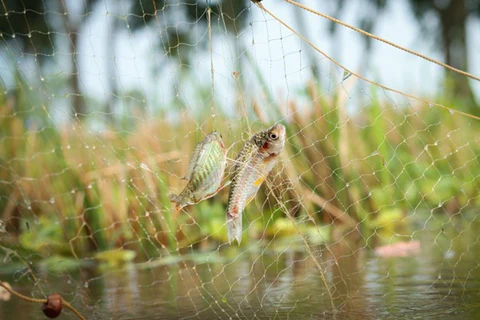
Solar aquaculture combines renewable energy production and food production to create an environmentally-friendly solution for raising and farming fish. In this method, water is pumped from a source such as a lake or river into the solar-powered pond system. The water is then heated by strategically placed solar panels above the ponds.
This process uses natural sunlight instead of reliance on fuel sources, such as diesel or propane, reducing waste and increasing energy efficiency. The heated water circulates back into the water body, providing a continuous supply of warm water to feed the fish in the ponds. Since solar energy is free and abundant, this method eliminates any need for costly electricity expenses associated with traditional farming methods.
Feed Barges
Solar aquaculture is a sustainable fish production method that combines solar energy and traditional fish farming techniques. It harnesses solar power to operate feed barges, enabling automated delivery of fish feed, thus reducing the need for human labor.
As a result, operational costs decrease significantly, making it a more efficient system than manual feed delivery. The use of solar-powered feed barge systems prevents the limited availability of food sources in areas with poor access to natural light.
Furthermore, these systems have minimal space requirements, and their brightly-colored buoys and docking stations provide aesthetic value to the environment. Solar aquaculture is a promising environmentally-friendly way to sustainably produce seafood to meet the growing demand.
Oxygenation
Solar aquaculture is a revolutionary method of fish rearing and seaweed farming that integrates solar energy, water treatment, and oceanic food cultivation techniques. Traditional methods of aquaculture rely heavily on electricity-powered aeration systems to oxygenate the body of water. However, solar aquaculture uses natural currents and strategically placed underwater structures to oxygenate the system more efficiently.
By using these structures to measure the movement of the tide and direct it into specific areas where oxygenation is needed, solar aquaculture can naturally regulate levels of nutrients, dissolved solids, and other materials that promote healthy aquatic habitats.
In addition, by increasing light exposure through above-water solar panels, photosynthesis further boosts oxygen levels in the area. This allows those managing fish farms to cultivate their seafood cuisine in a more sustainable way, greatly reducing costs associated with purchasing aerators or relying on other energy-intensive methods.
Using Excess Power From Fish Farms
Solar aquaculture is an innovative way for large fish farms to address issues of energy usage and climate change. It allows them to create a more sustainable cycle of energy production using excess power from existing fish farms. The excess power can be used in two ways: either to generate clean solar electricity or to produce heat that can be used in the water circulation system, ultimately improving the process's efficiency and reducing costs associated with energy usage.
Additionally, by producing renewable energy, a fish farm can benefit environmentally by complementing efforts to reduce carbon emissions. It is clear that solar aquaculture offers many advantages over traditional forms as it creates a path toward sustainable development while also making operations more efficient and cost-effective.
Why Solar Works for Fish Farms
Recently, capturing solar energy as an efficient alternative to traditional forms of power has surged. Scientists, engineers, and land users around the world have been actively working on new ways to optimize this renewable source of energy that is abundant everywhere and has minimal environmental costs.
One encouraging solution recently presented for the limitations of cost, lack of infrastructure, and space availability is water-borne solar panels. These floating structures are designed to capture solar energy without taking up much-needed land area, making them ideal for farmers, ranchers, and aquaculture operations who want to supplement their power needs.
This technology is still in its infancy, but it is expected to proliferate throughout areas restricted by space limitations or other constraints that have traditionally prevented large-scale conversion to clean energy sources.
The Benefits of Solar Aquaculture
Solar aquaculture has numerous benefits over traditional farming methods. It helps preserve natural resources by reducing the amount of fuel used for heating water, making it a more sustainable method.
In addition, as the warm water circulating through these systems helps nourish aquatic plants and other marine life in nearby rivers or lakes, solar aquaculture can improve local biodiversity while still providing a significant yield of healthy seafood products.
Since solar energy is readily available in most places around the world, it makes this form of farming highly accessible to people looking to produce sustainable seafood products without breaking their budgets.
Reduced Water Use
Solar aquaculture can reduce water use in two ways. First, the system can recirculate water, meaning less water is lost to evaporation. Second, the plants in the system purify the water, requiring less water to be added regularly.
Reduced Energy Use
Solar aquaculture systems can reduce energy use by using solar panels to power pumps and other equipment, eliminating the need for grid electricity. Additionally, plants help regulate water temperature, decreasing the need for heating or cooling.
Reduced Chemical Use
Solar aquaculture systems can reduce chemical use by using plants to filter impurities and bacteria to break down waste products, decreasing the need for chemicals such as chlorine.
Increased Food Production
Solar aquaculture can increase food production in various ways. The system can grow more fish than a traditional aquaculture system. The plants in the system improve water quality, increasing fish survival and growth. Additionally, solar aquaculture systems can grow a variety of crops, which diversifies the diet of consumers.
Improved Water Quality
In solar aquaculture systems, plants filter impurities from the water, while bacteria break down waste products. As a result, solar aquaculture provides cleaner and healthier water for people and animals.
Improved Soil Quality
Solar aquaculture's plants add organic matter and nutrients back into the soil, and bacteria break down organic matter into compost, improving soil fertility and making it easier for crops to grow.
Carbon Sequestration
Solar aquaculture is an eco-friendly way to increase food production while reducing the effects of global climate change. These systems sequester carbon dioxide from the atmosphere by converting it into oxygen through photosynthesis in plants.
Not only an effective method for raising fish and algae, solar aquaculture also plays a crucial role in regulating the environment and providing fresher air for future generations.
Contact 70max for Your Solar Needs!
Solar aquaculture is becoming a popular sustainable and efficient method for producing high-quality fish products. By using renewable energy sources, such as solar power, to heat water, this form of aquaculture eliminates expensive electricity costs while preserving natural resources.
For those interested in commercial fishing without access to large amounts of electricity or traditional farming operations, solar aquaculture could be perfect. It provides fresh seafood products while improving local biodiversity around rivers or lakes near your operation.
Contact 70max today for your solar needs!


